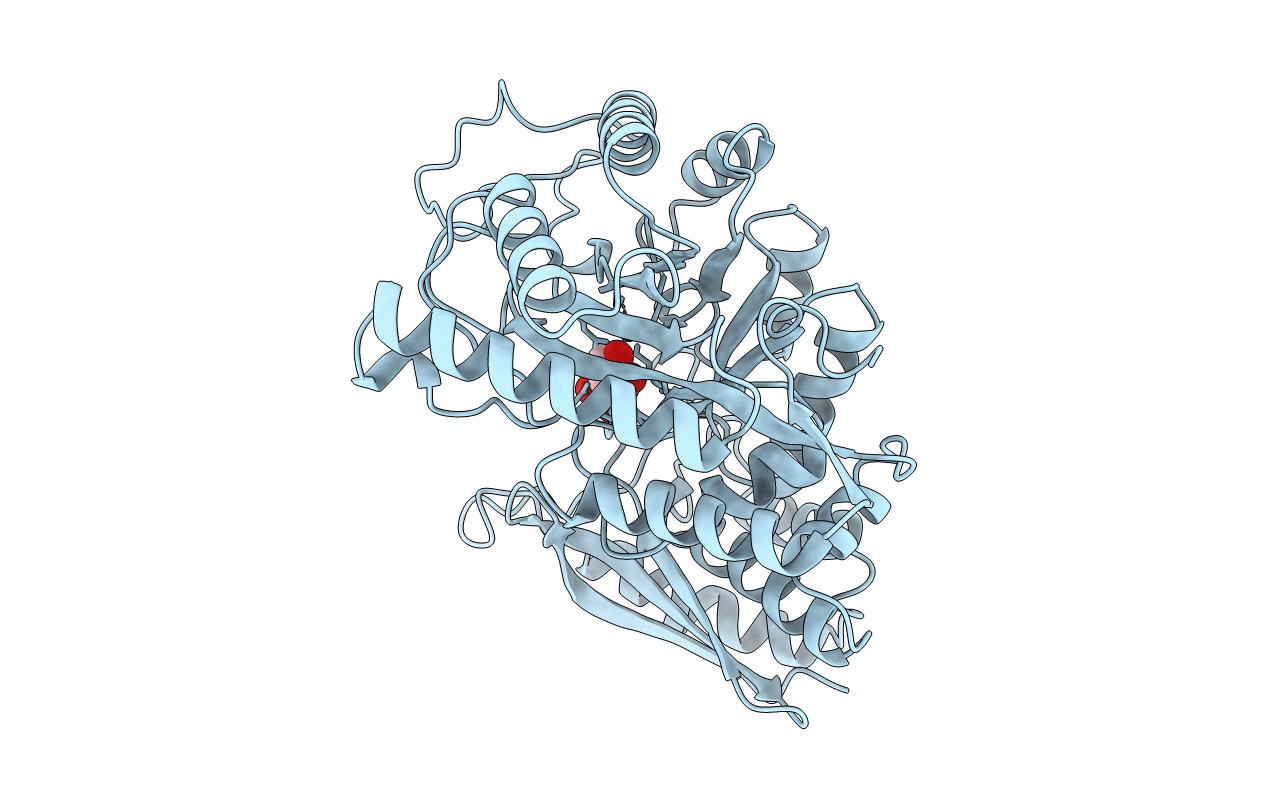
Deposition Date
1990-11-13
Release Date
1992-04-15
Last Version Date
2024-03-13
Entry Detail
PDB ID:
5ENL
Keywords:
Title:
INHIBITION OF ENOLASE: THE CRYSTAL STRUCTURES OF ENOLASE-CA2+-PHOSPHOGLYCERATE AND ENOLASE-ZN2+-PHOSPHOGLYCOLATE COMPLEXES AT 2.2-ANGSTROMS RESOLUTION
Biological Source:
Source Organism:
Saccharomyces cerevisiae (Taxon ID: 4932)
Method Details:
Experimental Method:
Resolution:
2.20 Å
R-Value Observed:
0.14
Space Group:
P 42 21 2


